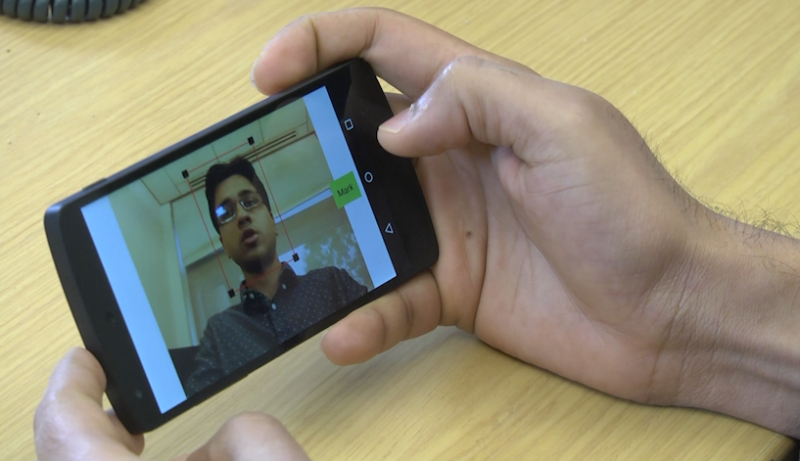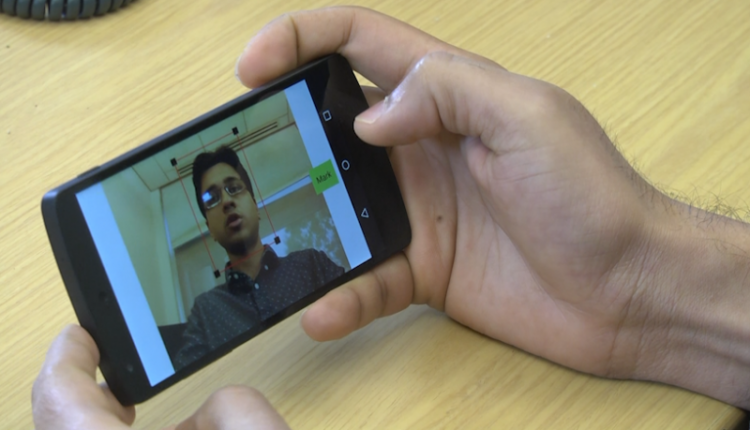System lets smartphone users decide what their cameras can see
While today’s technology, equipped with cameras and streaming capabilities, allows for more real-time communications and collaboration, having a camera everywhere could potentially lead to the accidental leak of information.
That’s why computer scientists at Duke University developed a new kind of software to help prevent accidental disclosure of sensitive and restricted information that falls within a camera’s field of view. The software allows the users to specify what others can see.

So for example, let’s say you are video chatting with co-workers or customers outside of the office. You could accidentally reveal confidential information that was written on a whiteboard in the background.
“There are more and more cameras every year. They’re incredibly useful,” said Landon Cox, an associate professor of computer science at Duke. “But the downside is we’re now converting large swaths of our surroundings to a digital format that’s easy to access and share, including things we might not want to be digitizing.”
While the researchers argue that the best way to ensure privacy is to disable your camera or microphone, they were looking for a more user-friendly and accommodating solution for hiding only specific objects.
Prior efforts to safeguard confidential information in photos and video employ a “blacklist” approach in which developers anticipate things that users might want to hide, and then build software that blurs or masks them in each frame.
Instead of leaving it up to others to decide what’s important and what’s not, the Duke team tested a new strategy in which users make the final decision.
“If we get it right, hopefully it will lead to something that’s more secure and easier to use,” said Cox.
The researchers developed two designs.
One protects sensitive information on two-dimensional surfaces such as whiteboards and computer presentation slides, while the other guards 3D objects like keyboards and faces.
In both designs, users can determine which part of a scene is acceptable to be shared by drawing a rectangular border around it, either by hand or by clicking a mouse.
Once the software knows what it’s looking for, it can intercept all incoming frames from the video stream and rapidly scan frame by frame for a match using computer vision technology.
Only authorized objects are allowed to pass from the camera to third-party software, like smartphone apps. Everything else is blocked out by default.
In testing, the software has proved to be effective, but the team doesn’t believe that this is the ultimate solution to privacy.
According to assistant professor of computer science Ashwin Machanavajjhala, who co-authored the research, the software doesn’t protect things caught by cameras outside a person’s control, for example.
“If you’re just walking around on the street, and you want to ensure that your face isn’t captured, this won’t work,” he said.
The team hopes their research will encourage technology companies to design and develop products that offer users more privacy when it comes to their own devices.
For now, the researchers will look for more privacy options that will offer control over audio recordings in addition to images, by allowing third parties to hear only certain voices, words or noises in an audio stream.
“People are going to want some way to control the information that things like microphones and motion detectors and other sensors have access to in a much smarter way than just turning them on or off,” said Cox. “These kinds of issues are going to be really important to figure out over the next decade.”


Comments are closed, but trackbacks and pingbacks are open.